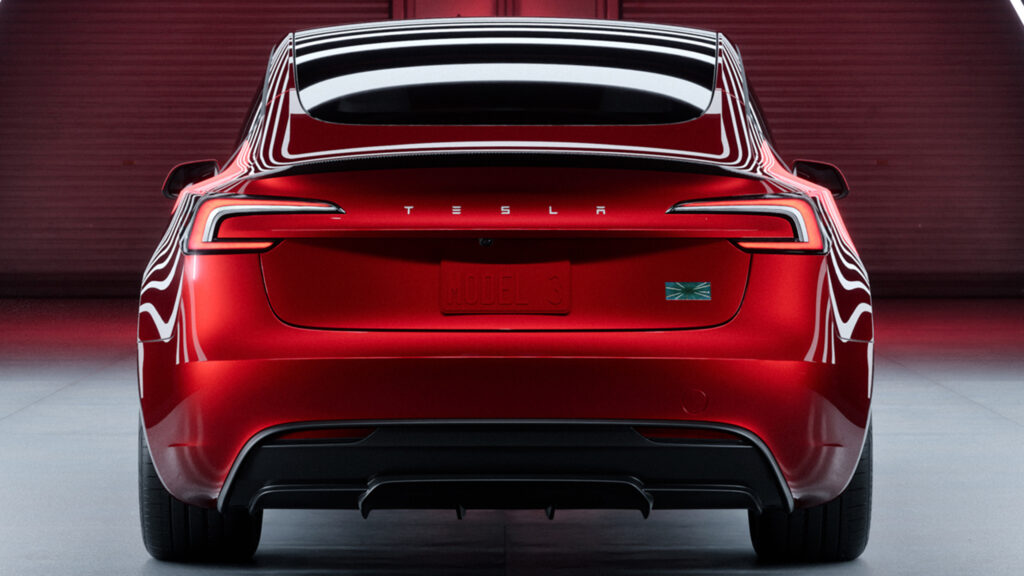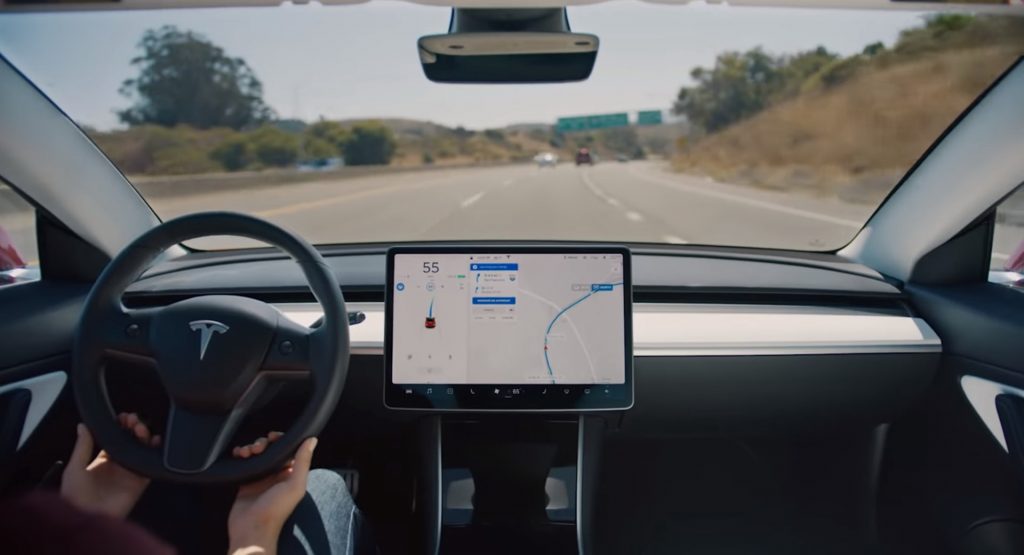
- Tesla will initially set up geofencing for its robotaxis operating in Texas.
- The fleet could start with as few as 10 cars using Unsupervised Full-Self Driving.
- Elon Musk believes Tesla can be a serious competitor to Waymo.
Tesla boss Elon Musk has made plenty of wildly ambitious – and frequently inaccurate – claims about Tesla’s upcoming fleet of robotaxis. But now, after years of eyebrow-raising promises, the first of them is actually set to hit public roads next month. As part of a pilot program in Austin, Texas, Tesla will finally launch its long-hyped robotaxi service in a bid to close the wide lead Waymo currently holds in the autonomous vehicle race.
var adpushup = window.adpushup = window.adpushup || {que:[]};
adpushup.que.push(function() {
if (adpushup.config.platform !== “DESKTOP”){
adpushup.triggerAd(“0f7e3106-c4d6-4db4-8135-c508879a76f8”);
} else {
adpushup.triggerAd(“82503191-e1d1-435a-874f-9c78a2a54a2f”);
}
});
In 2019, Musk infamously claimed that by the end of that year, Tesla would have 1 million robotaxis on US roads. It does not currently have a single one, but next month, it will deploy approximately 10 robotaxis in Austin, and, if all goes well, could dramatically expand this to thousands of vehicles. Importantly, these will not be Tesla’s Cybercab, but rather versions of its current models equipped with the new Unsupervised Full-Self Driving system.
Read: Waymo’s Driverless Cars Kept Hitting Objects You See But They Don’t
During a recent interview with CNBC, Musk said it will be prudent for the company to be cautious in its roll-out of the system and that Tesla employees will monitor the fleet of robotaxis remotely.
“It’s prudent for us to start with a small number, confirm that things are going well and then scale it up,” Musk said. “We’ll be watching what the cars are doing very carefully and as confidence grows, less of that will be needed.”

To help ensure the roll-out of the robotaxi fleet is as smooth as possible, vehicles will be geofenced to certain areas of Austin. As the robotaxi fleet expands, Musk predicted that by the end of 2026, Tesla will have “hundreds of thousands, if not over a million Teslas doing self-driving in the US.” Like with all predictions from the world’s richest man, we’ll have to wait and see if this becomes a reality.
Buying Uber?
During the same interview, Musk was asked why Tesla doesn’t buy Uber. Musk sees no need to make such a move, noting the brand already has a large fleet of vehicles and everything it needs to run a successful robotaxi service. This will include the ability for private Tesla owners to add their vehicles to the fleet, meaning they can be used as robotaxis whenever the owner doesn’t need their car.
“We have millions of cars that will be able to operate autonomously,” Musk said. “And I should say that it’s a combination of a Tesla-owned fleet and also enabling Tesla owners to be able to add or subtract their car to the fleet, so that existing Tesla owners will be able to earn money by adding their car to the fleet for autonomous use.”
var adpushup = window.adpushup = window.adpushup || {que:[]};
adpushup.que.push(function() {
if (adpushup.config.platform !== “DESKTOP”){
adpushup.triggerAd(“bb7964e9-07de-4b06-a83e-ead35079d53c”);
} else {
adpushup.triggerAd(“9b1169d9-7a89-4971-a77f-1397f7588751”);
}
});
